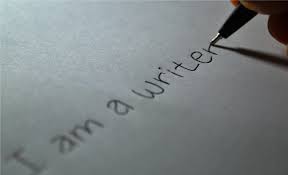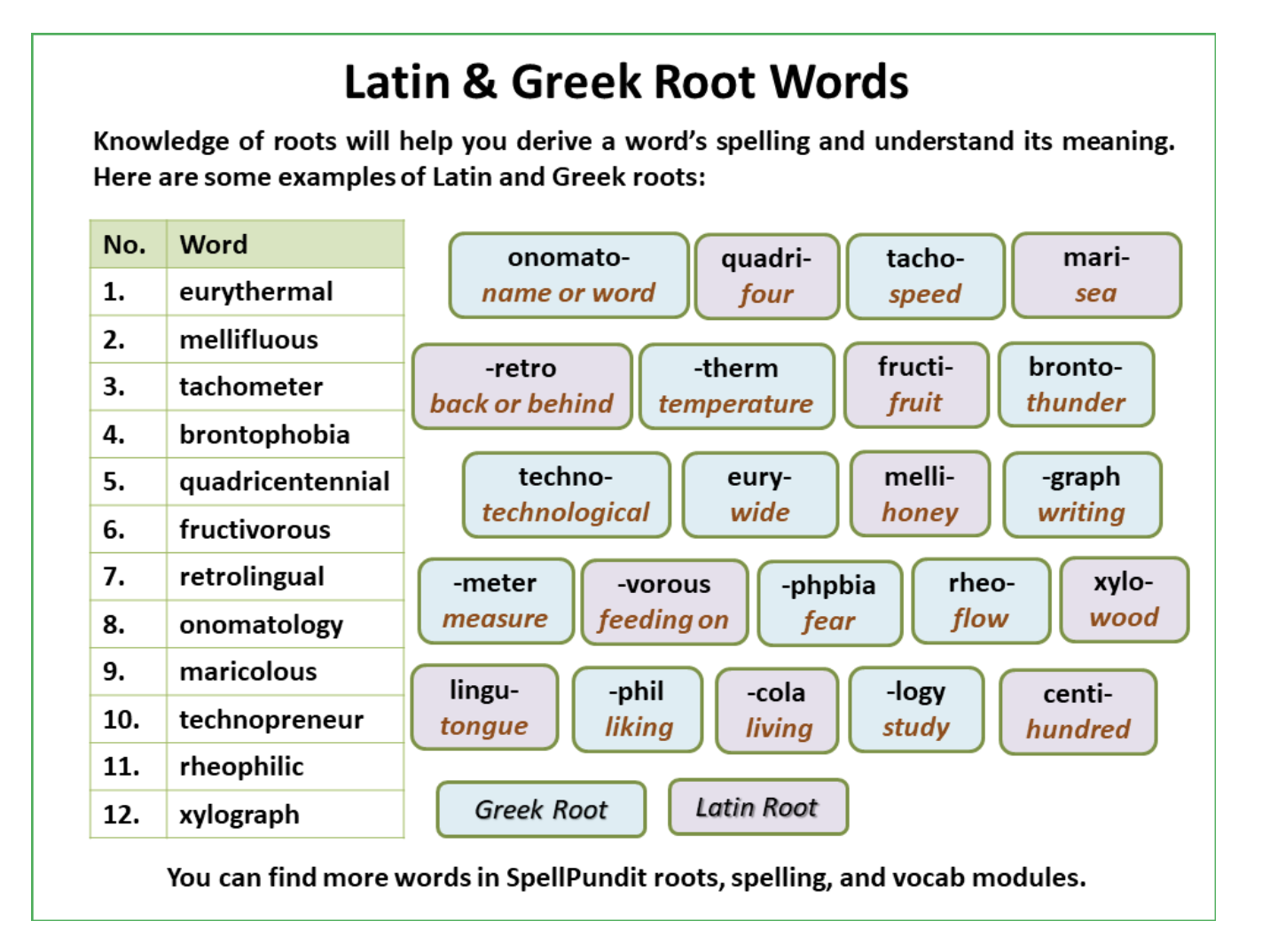 Across the Pacific, myths and legends are passed down through oral tradition. The myth of Dakuwaqa is deeply rooted in Fijian culture and serves as a reminder of the interconnectedness between humans and the natural world, as well as the consequences of greed and disrespect for the environment.
Across the Pacific, myths and legends are passed down through oral tradition. The myth of Dakuwaqa is deeply rooted in Fijian culture and serves as a reminder of the interconnectedness between humans and the natural world, as well as the consequences of greed and disrespect for the environment.
Spark your thinking!
- Set up your language arts mini spark recording page: #75-Dakuwaqa:a Fijian Myth
- Watch this video. On your recording page, record the names of the characters as they appear.
3. Choose an activity to complete.
- Write a simplified version of this myth for a younger audience. Make your version 10-15 sentences long.
- Read about kids helping sharks. Choose two projets. Write a 5 sentences about each of the projects and the kids behind the project.
- Research sharks and create an information page about them with 10-15 facts.
4. Share your language arts mini spark recording page with your teacher/EY coordinator.





 Snowflakes can vary significantly in size and shape, often influenced by atmospheric conditions as they form. Each snowflake is unique, showcasing a fascinating array of structures due to the intricate process of crystallization that occurs as water vapor freezes in the atmosphere.
Snowflakes can vary significantly in size and shape, often influenced by atmospheric conditions as they form. Each snowflake is unique, showcasing a fascinating array of structures due to the intricate process of crystallization that occurs as water vapor freezes in the atmosphere.


 Learn about the Amazon Rainforest and how the Wampís Nation has been protecting the forest and the largest river in the world.
Learn about the Amazon Rainforest and how the Wampís Nation has been protecting the forest and the largest river in the world.  Trees help clean the air. Trees produce the pure oxygen we breathe, and remove air pollution by lowering air temperature, through respiration and by retaining particulates, but can it be bad to plant a tree?
Trees help clean the air. Trees produce the pure oxygen we breathe, and remove air pollution by lowering air temperature, through respiration and by retaining particulates, but can it be bad to plant a tree? It is helpful to be able to recognize and understand adages and proverbs in the stories you are reading.
It is helpful to be able to recognize and understand adages and proverbs in the stories you are reading.



 Learning Greek and Latin roots can help your understand English better, improve your vocabulary, and learn how to read and spell new words.
Learning Greek and Latin roots can help your understand English better, improve your vocabulary, and learn how to read and spell new words. 4. Make flash cards for each of the pink and blue buttons. On one side put the root and the other side put the meaning. Study the cards. 5 times.
4. Make flash cards for each of the pink and blue buttons. On one side put the root and the other side put the meaning. Study the cards. 5 times.